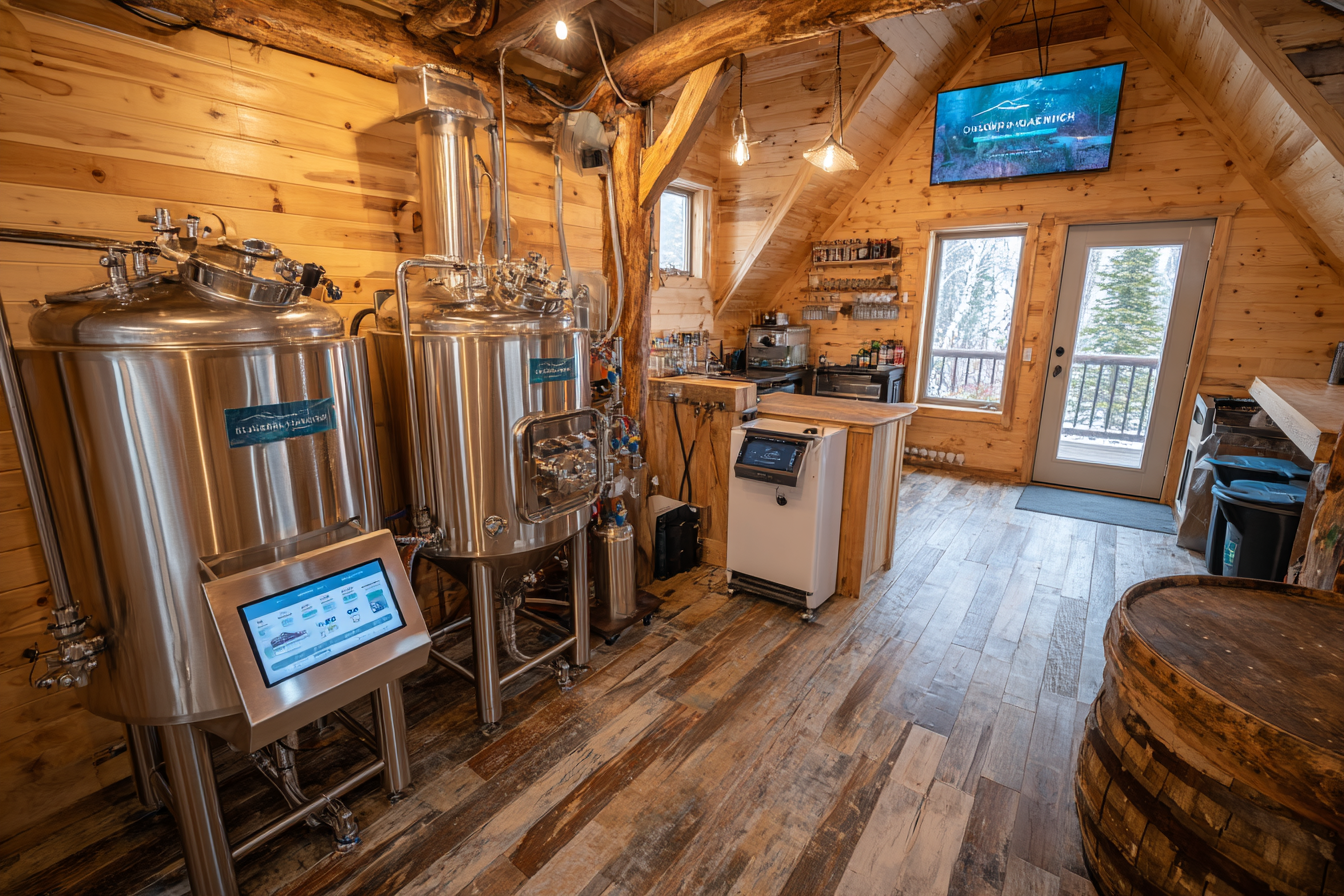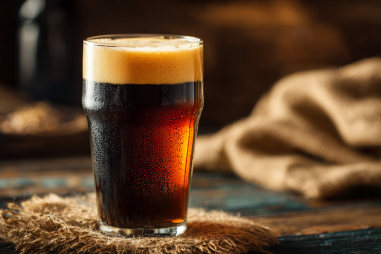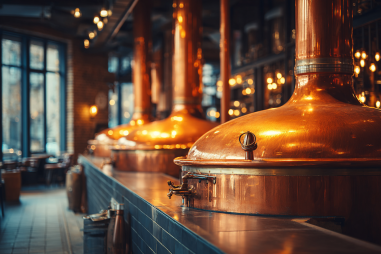Brewing your own India Pale Lager (IPL) can be an incredibly rewarding experience, whether you’re a homebrewer or running a small microbrewery. This unique hybrid style combines the crisp, clean qualities of a lager with the robust hop bitterness characteristic of an India Pale Ale. Achieving that perfect balance requires not only skill but also the right set of brewing equipment. Having well-chosen tools ensures a smooth brewing process, precise fermentation control, and ultimately a beer that’s refreshing and well-balanced.
Basic Brewing Equipment Needed for India Pale Lager
Before diving into specialized gear, it’s important to have your basic brewing setup ready. These foundational items form the backbone of any brewing operation and are essential for making a consistent and quality India Pale Lager.
- Brew Kettle: A large stainless steel kettle is necessary for boiling your wort. For IPLs, a kettle with at least 5 gallons capacity is common for homebrewers, while commercial operations may use much larger sizes.
- Fermenter: A primary vessel where fermentation takes place. It can be a food-grade plastic bucket, glass carboy, or stainless steel fermenter. Volume and durability matter based on batch size.
- Airlock and Stopper: These tools help release fermentation gases while preventing contaminants from entering the fermenter.
- Hydrometer or Refractometer: Measuring specific gravity is crucial for tracking fermentation progress and determining alcohol content.
- Thermometer: Temperature control is key in lager production, so having an accurate thermometer is essential.
- Wort Chiller: Quickly cooling the wort after boiling helps reduce contamination risks and preserves hop flavors.
- Spoons and Funnels: Food-grade stirring and transfer tools facilitate handling wort and beer safely.
Specialized Tools for Handling Lager Fermentation
Lager yeast strains ferment at cooler temperatures and take longer than ales, meaning a few specialized tools can significantly improve the quality of your India Pale Lager.
- Temperature-Controlled Fermentation Chamber: Because lagers ideally ferment between 45-55°F (7-13°C), maintaining this cool environment is critical. A dedicated fermentation chamber or temperature-controlled fridge can help achieve stable temperatures.
- Lagering Vessels: After primary fermentation, lagers undergo a cold storage phase called “lagering.” Using glass or stainless steel vessels designed to keep beer at near-freezing temperatures is recommended.
- Yeast Starter Equipment: Given lager yeast’s slower fermentation, preparing a yeast starter with tools like starter flasks and stir plates ensures a healthy yeast population for a clean fermentation.
Temperature Control and Fermentation Vessels
Temperature management is arguably the most critical aspect of crafting a well-balanced IPL. The lager yeast thrives at lower temperatures and ferments slower, producing clean profiles with fewer esters and phenolics than ales.
- Temperature-Controlled Refrigeration Units: Modified chest freezers or dedicated fermentation fridges with temperature controllers allow brewers to dial in precise fermentation conditions.
- Conical Fermenters: These vessels facilitate yeast collection and sediment removal, making it easier to clarify your beer post-fermentation.
- Jacketed Stainless Steel Fermenters: More common in microbreweries, these vessels allow for precise cooling through temperature-controlled jackets.
Investing in fermentation vessels that include good temperature control capabilities boosts consistency and reduces off-flavors caused by temperature fluctuations.
Cleaning and Sanitation Equipment
Nothing will ruin a batch of India Pale Lager faster than poor sanitation. Yeast quality, hop character, and lager’s delicate profile demand scrupulous hygiene throughout the brewing process.
- Sanitizers: No-rinse sanitizers like Star San or iodophor are preferred to ensure your equipment is sterilized without lingering flavors.
- Brushes and Scrubbers: Various sizes of brushes designed for carboys, tubing, and fermenters help remove residue and biofilm.
- Siphons and Tubing: Use food-grade and sanitized tubing to transfer beer, minimizing oxygen exposure and contamination.
- Cleaning Chemicals: Products like PBW (Powdered Brewery Wash) target organic deposits before sanitizing.
Optional Advanced Brewing Gear
As you become more experienced in brewing India Pale Lagers, you might consider investing in some advanced equipment that enhances control and efficiency.
- Automated Mash Systems: Systems like Brew-In-A-Bag or all-grain electric kettles simplify mashing by controlling temperature and timing precisely.
- pH Meter: Monitoring mash and wort pH helps optimize enzymatic activity and hop utilization.
- Advanced Yeast Management Tools: Including yeast propagation kits or harvesting instruments to maintain healthy yeast cultures batch after batch.
- High-Precision Scales: Accurate measurement of hops, malt, and adjuncts enhances recipe consistency.
Tips for Setting Up a Cost-Effective Homebrewing Station
Getting started with IPL brewing doesn’t require breaking the bank. You can build a functional, effective setup by prioritizing certain equipment and adapting others.
- Start Small: Begin with a basic kettle and fermenter. You can always upgrade later as your skills and needs grow.
- Use a Converted Fridge: Instead of buying an expensive fermentation chamber, retrofit an old fridge with a temperature controller.
- Invest in Quality Sanitizing Supplies: Cleanliness is non-negotiable, so don’t skimp here.
- Look for Multi-Purpose Tools: Items like a good thermometer with probe capabilities can serve many roles.
- Join Local Homebrew Clubs: They often have shared equipment or resources that can save money.
- Repurpose Household Items: Food-grade buckets or glass jars can be used as fermenters initially.
With some thoughtful planning and savvy shopping, even beginner homebrewers can produce excellent India Pale Lagers.
Getting Ready to Brew Your India Pale Lager
Once your brewing equipment is assembled and set up, you’ll be well on your way to crafting delicious India Pale Lagers bursting with hop aroma and clean lager character. Proper equipment not only improves the efficiency of your process but also plays a fundamental role in the quality of your final product. Whether you choose to start simple or step into advanced brewing technology, equipping yourself thoughtfully allows you to focus on the artistry and science of brewing this exciting hybrid beer style.
Remember, patience and attention to detail are just as important as equipment. With the right tools in hand, your IPL batches will have the crispness, freshness, and hop-forward punch that fans of this style expect. So gather your gear, prepare your recipes, and get ready to enjoy the satisfying results of brewing your own India Pale Lager!







